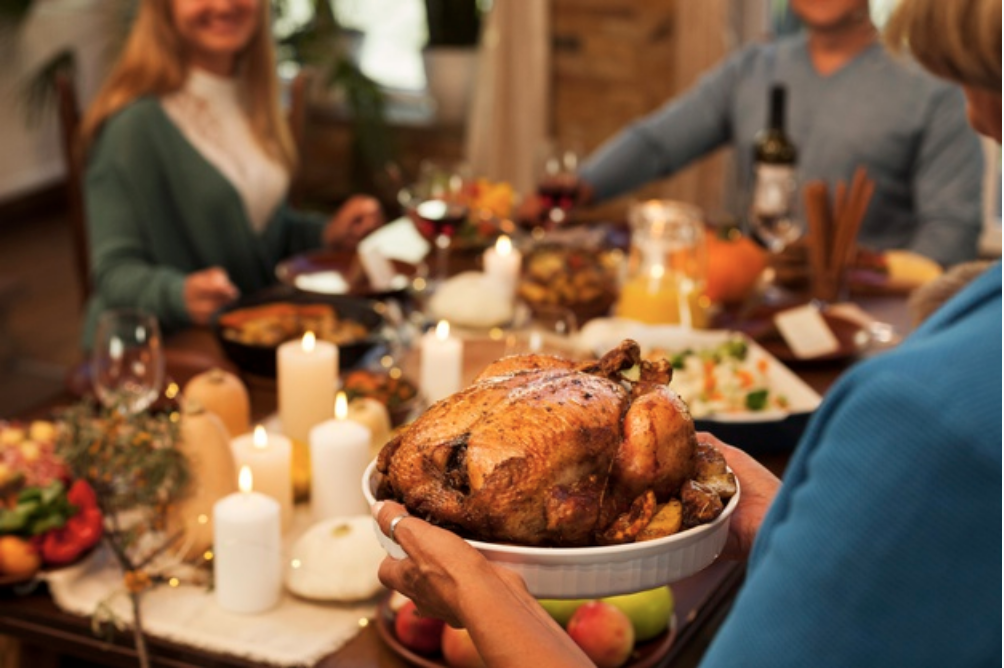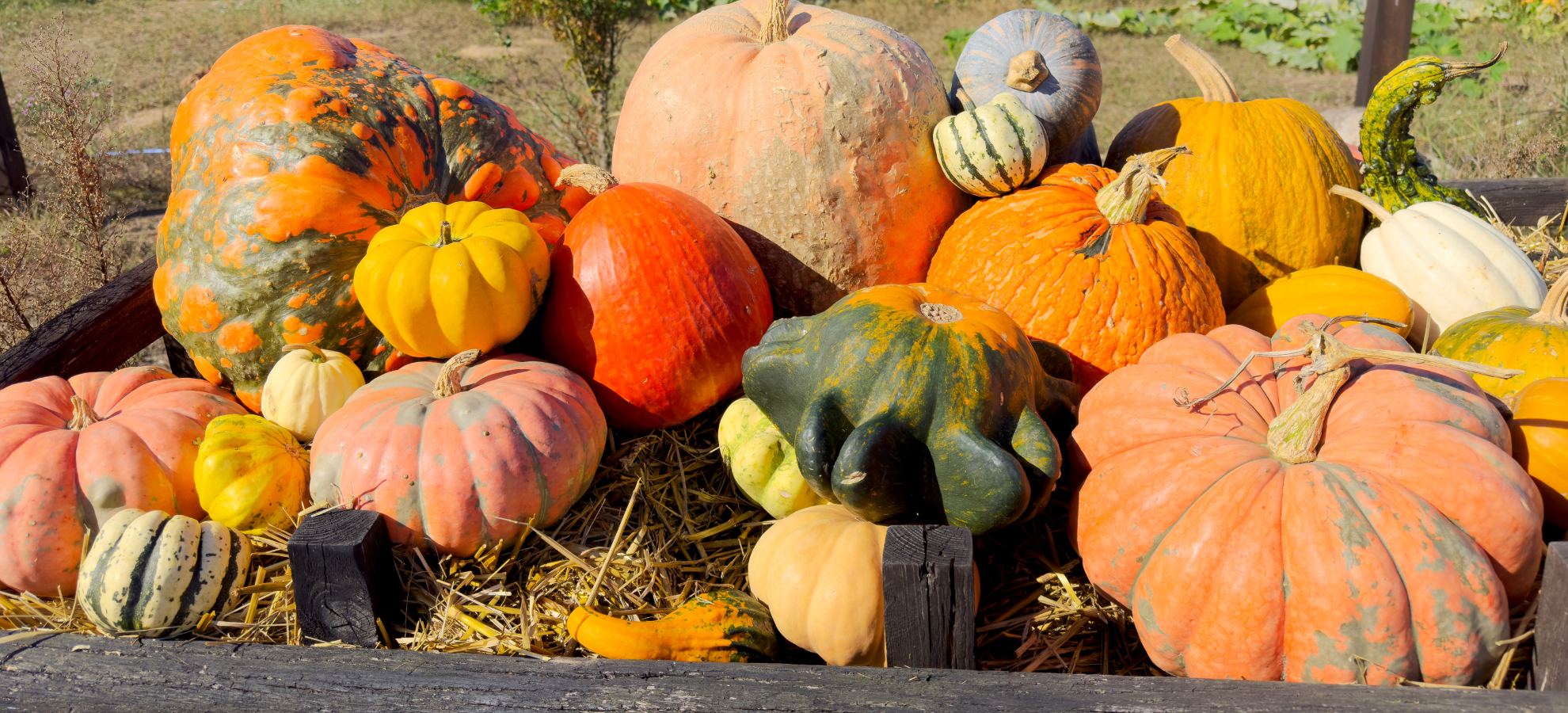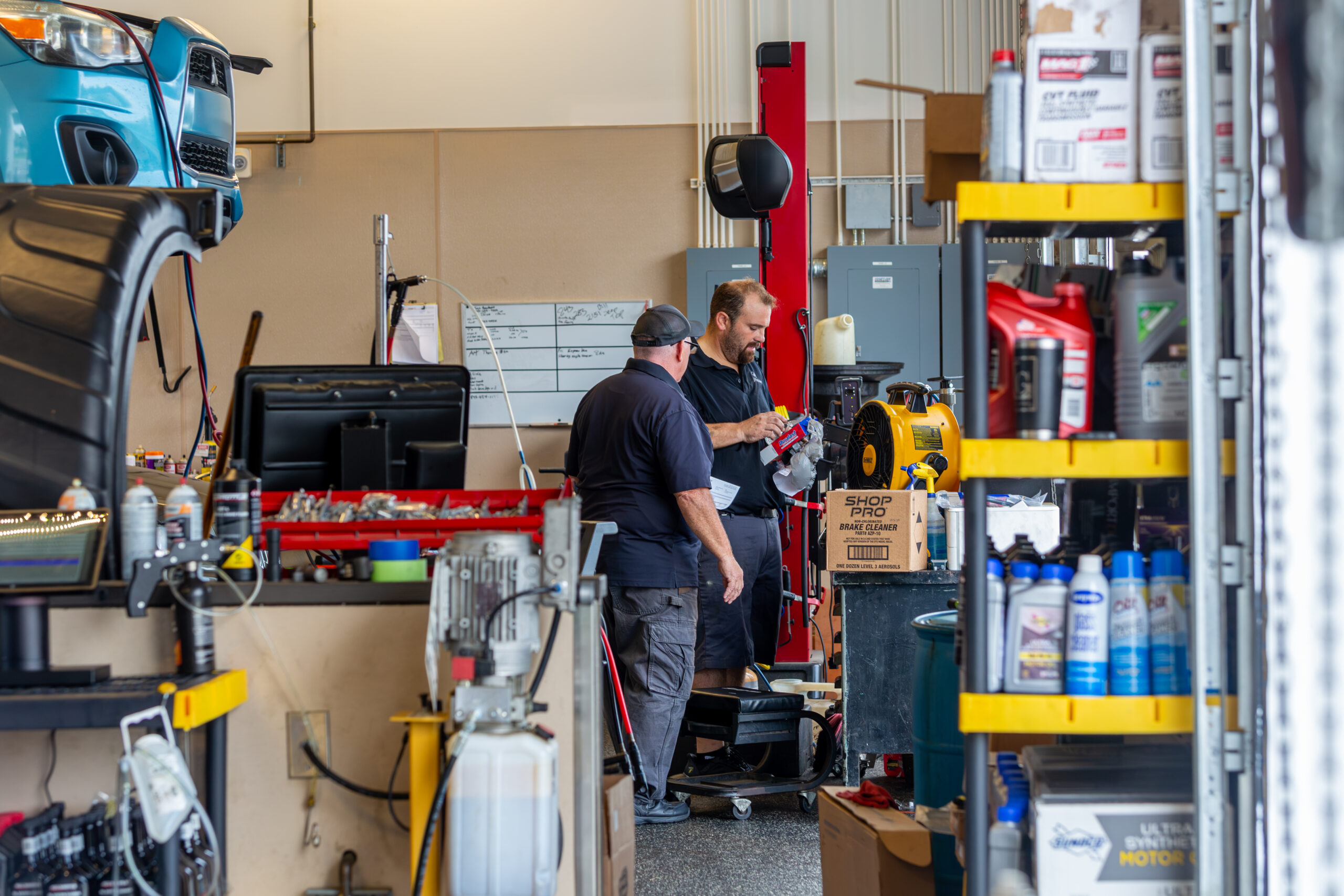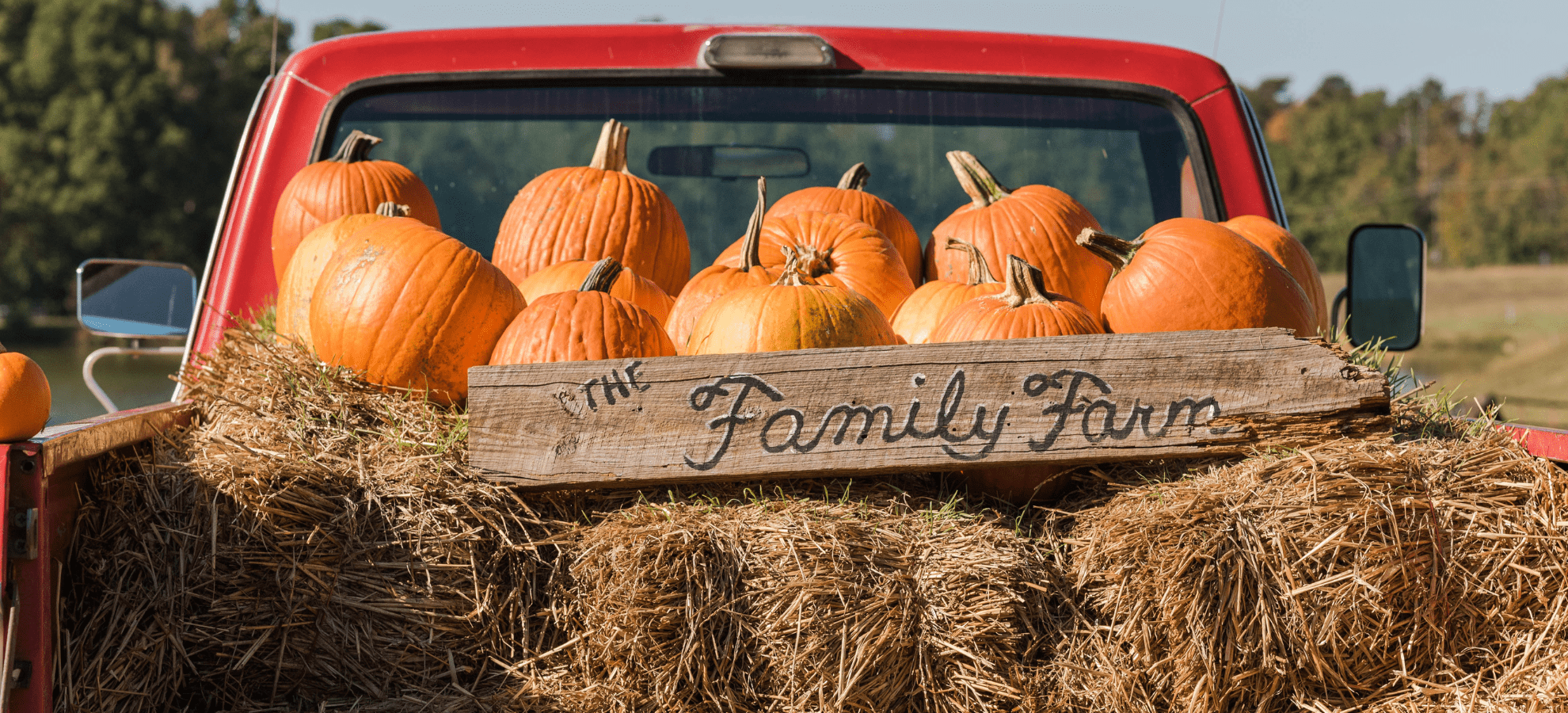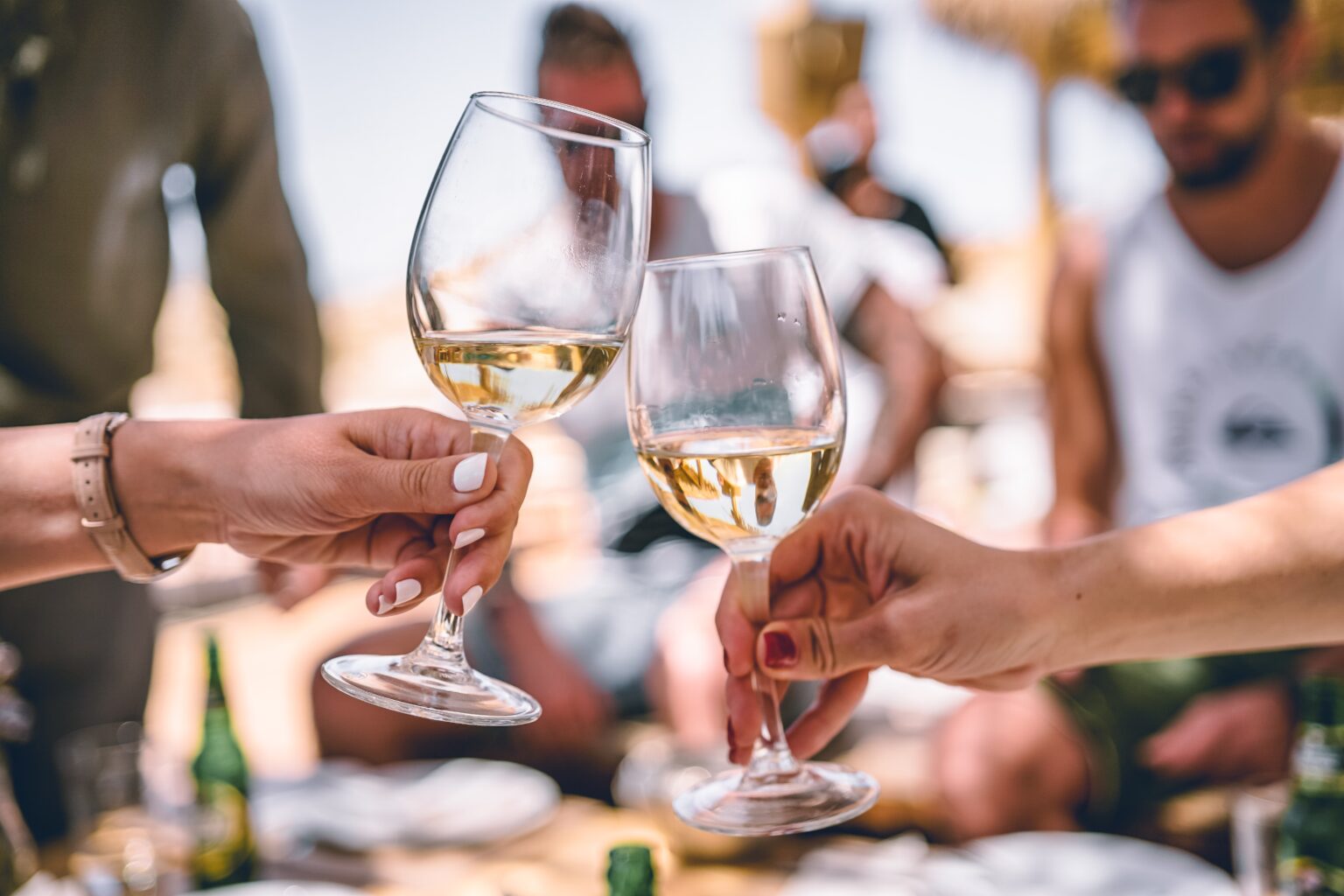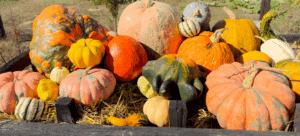A Conversation with Joe Bonaparte of the Myrtle Beach International Culinary Institute
by Melissa LaScaleia
Traditionally, Thanksgiving kicks off the holiday season here in the U.S. This time of year is centered around the foods that we’re preparing and sharing with our family and friends. Because it’s such a prevalent theme, we decided to consult an area expert from the food world to give us some insight into culinary holiday traditions— to help you get into the spirit of the holiday season and make this upcoming one, a true gastronomic delight.
Joe Bonaparte, chef and executive director for the Myrtle Beach International Culinary Institute, has over thirty years of experience in the culinary industry. He is a sought-after chef, presenter and educator, having traveled and cooked around the world winning accolades and awards for his skills.
He won a gold medal at the 2005 Chinese Food Festival in Guangzhou, China; was a presenter on heritage pork at the Slow Food Nation in San Francisco in 2008; and winner three years in a row for Taste of the Nation.
He is a trailblazer in the arenas of growing food sustainably, and is the founding member of Slow Food Houston, Charlotte, and Waccamaw.
For Joe, Thanksgiving is the most food-centric holiday of the year, and he has plenty of tips to share.
“I have had the honor and privilege of composing the menus and cooking Thanksgiving Dinner at the James Beard House in New York four different years in a row,” he says. “A holiday meal so charged with fond and intense childhood memories for so many, coupled with the high-dollar price tag for dinner and high expectations for exceptional quality mixed with a certain wow factor, makes writing and executing a traditional and familiar, yet contemporary menu especially daunting.
“But even facing those challenges, I find myself basing Thanksgiving dinner on the items that are mainstays on many tables, especially in the Eastern and Southeastern United States.
“Those foods include turkey, chestnuts, winter squash, pumpkin, greens, Brussel sprouts, potatoes and sweet potatoes, cranberries, pecans, sorghum molasses, apples, and since moving to SC, oysters.”
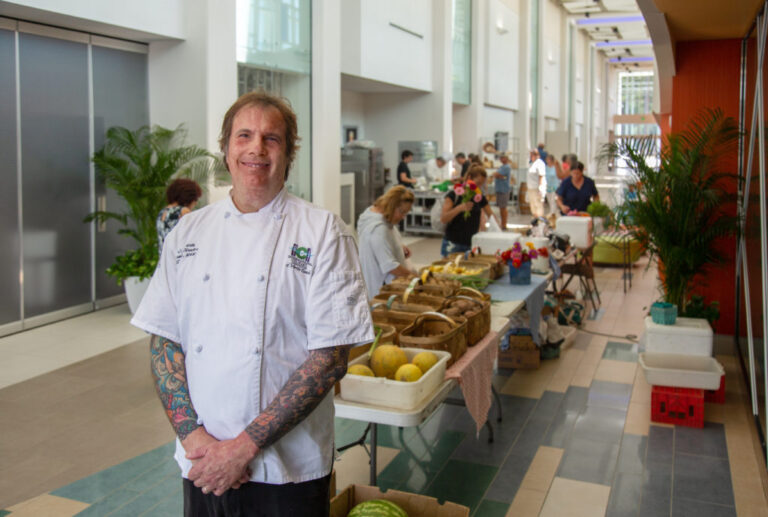
The history of these foods in terms of their relevancy to the Thanksgiving holiday primarily rests on their seasonality and geography. But some items on the list trace their roots back even further. When Europeans first settled on the continent, it was in the Mid-Atlantic and Northeastern regions— the areas indigenous to these food items. And in the days before planes and automobiles, before seasonal and local became the focused norm for conscious-minded folk, these foods were a mainstay for this time of year because they were available.
Turkeys date to prehistoric times. Many have been described in the fossil record, including the Meleagrididae, known from the early Miocene period onwards. One junior species, the California turkey, went extinct recently enough to have been hunted by ancient human settlers, and diverged from our modern turkey as we know it today, one million years ago.
The sweet chestnut was introduced to Europe by way of Sardis in Asia Minor. It has been a staple food for millennia in southern Europe, Turkey, and southwestern and eastern Asia. In 1583, Charles Etienne, historian and author, and Charles Liebault, doctor and agronomist, claimed that, “An infinity of people live on nothing else.”
For Joe, incorporating any of these foods into a meal begins by selecting quality ingredients.
“A person can have the best recipes and guidance, but with mediocre ingredients, the best they can hope to achieve is pretty good. I recommend splurging on a turkey, because it’s the centerpiece. Each year, I hand-select a pasture-raised turkey from my friend’s farm. I see photos of the turkeys from when they arrive and throughout their lives, so that I know how they are living and eating.
“For those who want less involvement, seek out a pasture-raised, humanely-treated growth-hormone-free turkey. Here’s why: an animal that grows naturally, moves around, and can find food naturally will develop meat with more flavor, more texture, and better moisture retention. Many people brine their turkeys, I do not. A quality turkey and proper cooking will yield excellent results, and taste more like the turkey and less like salt.”
Joe recommends a turkey that is under 15 lb, as larger ones are difficult to cook evenly. Leave the bird uncovered in the refrigerator for several days prior to help dry out the skin; this will ensure more even browning and a crispier skin. Make sure the bird is completely thawed first. And use a proper size pan. Too big and the drippings will spread out and burn, adversely affecting the gravy. The sides should be shallow, to allow moisture to evaporate.
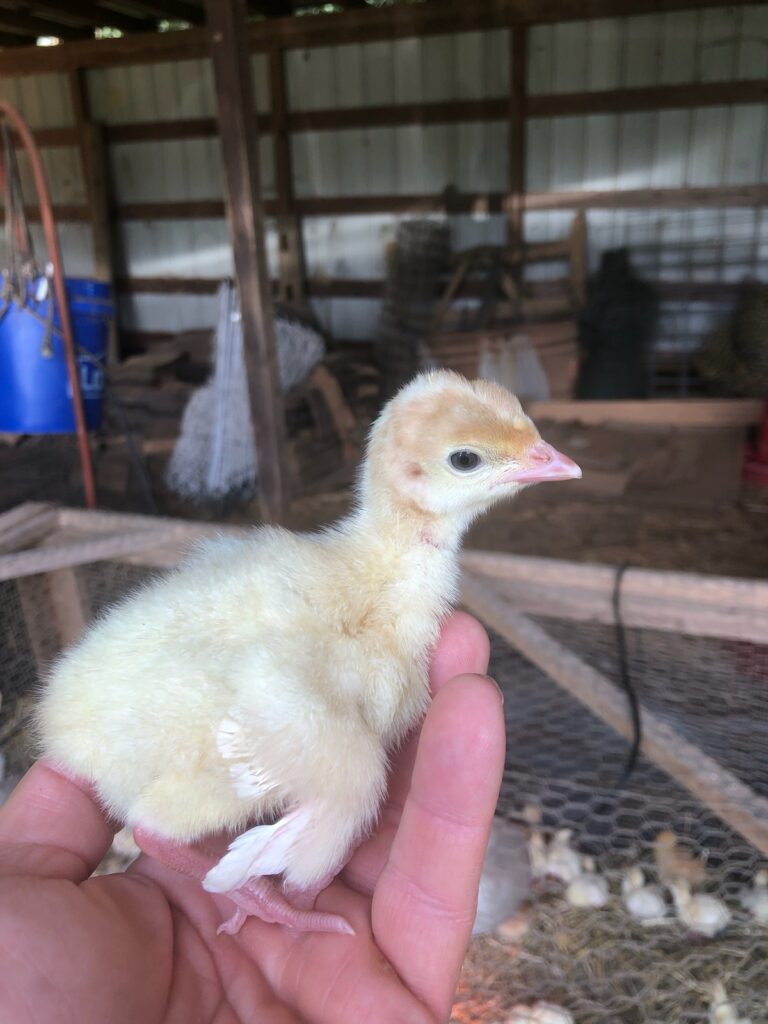
“Roasting is dry-heat cooking,” Joe says. “If the turkey is covered, steam will create a rubbery texture. Baste the turkey frequently with its natural juices. Rotate it periodically throughout cooking to ensure it cooks evenly.”
To stuff the turkey or not to stuff— the great debate. Joe votes no.
“Stuffing the turkey will impede heat and airflow to the inside, so it will take longer for it to hit the proper internal temperature of 155-165 degrees, pretty much insuring you will dry out the breast meat before you cook the rest,” he says.
Joe rubs the cavity of his bird liberally with sea salt and black pepper, and places sprigs of rosemary, thyme and sage inside.
“I love the aroma it creates while roasting, and it adds wonderful flavor to the juices you will use for gravy,” he says. “You can also create a 1-inch bed of onions, carrots, and celery in the bottom of the pan and set the turkey on top, as the vegetables will add additional flavor to the gravy.
“Rest the turkey for 30-40 minutes after you take it out of the oven. During this time the temperature will continue to rise, and very importantly, the juices of the turkey will redistribute. If you do not rest your meat, much of the juices will wind up on the cutting board instead of inside the bird. And of course, use a sharp knife for carving.”
Thanksgiving originated as a holiday that celebrated resiliency against all odds— the gratitude for life after the harshness of illness and lack of food, and most tellingly, the laying aside of differences and coming together to celebrate existence in the here and now.
In the age of Covid-19, reflecting on the origins of Thanksgiving is a poignant reminder of the resiliency that those who come to this country and are born here, possess.
An indomitable spirit, courage in the face of challenge, and in the end, success against what seems insurmountable are the trademark qualities we as Americans, collectively and historically exhibit.
This Thanksgiving, we hope you can feel not only gratitude, but also inspiration as you gather round the dinner table, no matter the size of your gathering.
Chef Joe Bonaparte and The Myrtle Beach Culinary Institute




